Dirt Detectives
Developed by Karen Mangone, PCM Play Intensive 2021
(FOCUS: Pre-K – K, Language & Literacy, Science, Arts, Mathematics, Exploration & Design Thinking, Social & Emotional Learning)
Let us be dirt detectives and explore what is on the top layer of dirt and what lies underneath our dirt!
- What is on top of soil?
- What is under the soil?
- What things are good for gardens and helping plants grow?
Students will listen to a read-aloud about dirt or soil’s role in growing plants. Then, as dirt detectives they will individually or in pairs investigate and record what is on the surface of a small plot of land. Next, they will dig down into the dirt and observe what is underneath.
Students are using observational skills to explore the natural world by investigating and researching the earth’s properties. They are focusing on the earth’s surface and plant life.
They are also learning to make decisions and problem solve. Everything in their plot of dirt or soil will be chosen or set aside for the preparation of planting their own garden.
Materials
- Clipboards & Pencils
- Children’s Gardening Tools/Shovels
- Gloves (Plastic or Cloth)
- Experiment Recording Sheets: Dirt Detective Drawing.Docx and Soil Survey.Docx
- Children’s Digging Shovels, Spoons, or Safe Gardening Tools
- Gloves *Optional
- Popsicle Sticks to Identify Each Plot of Dirt
Set Up
If you are in an area near a school building, Dig Safe must be called make sure it is safe to garden or dig. You can be sure you will not interfere with water or sewer pipes or other utilities by calling ‘811’ In Rhode Island.
- Prepare the plots or area for digging before each student or pair of students use it. Using a shovel dig down and lift the soil around each plot the students will be using.
- Mark off each plot for digging using small cones, popsicle sticks or sticks and string.
Student’s Job
Students will closely examine and record what they find on their plot of land by making a Dirt Detective Drawing and completing a Soil Survey checklist.
What do you see or observe on top of the dirt?
What do you observe under the dirt?
As soil scientists, what do you think you will see?
- First, each Dirt Detective or pair of Detectives will observe what they see and can touch on top of the dirt. Students start at the same time in their designated spots.
- Then, each student or their partner will record their observations of the top layer of soil by drawing pictures and checking off the Soil Survey sheet.
- Next, the Dirt Detectives will choose their tools to dig under the dirt and will observe and record what they find there. Again, their observations and items under the dirt will be recorded. *If working in pairs partners can switch roles as digger or recorder.
- Finally, the Dirt Detectives will make scientific decisions on which items to remove that are not helpful for planting or growing seeds (grass, rocks, etc..) and which items they will keep (worms and rich soil)) that will help their plants to grow.
- To clean up the student environmentalists will follow directions for the disposal of grass, leaves, rocks etc. in a compost pile or bin provided.
Further Challenges:
Which items are good for a plant to grow here & why? Which items are not and why? How did you feel touching the dirt and items & why? (SEL)
Teacher’s Job
Standards Alignment
NEXT GENERATION SCIENCE STANDARDS: FROM MOLECULES TO ORGANISMS: STRUCTURES AND PROCESSES
K-LS1-1 Use observations to describe patterns of what plants and animals (including humans) need to survive.
NEXT GENERATION SCIENCE STANDARDS: EARTH’S SYSTEMS
K-ESS3-1. Use a model to represent the relationship between the needs of different plants or animals (including humans) and the places they live.
K-ESS2-2. Construct an argument supported by evidence for how plants and animals (including humans) can change the environment to meet their needs.
COMMON CORE STATE STANDARDS.ELA-LITERACY.READING INFORMATIONAL TEXTS.K.1
With prompting and support, ask and answer questions about key details in a text.
COMMON CORE STATE STANDARDS.ELA-LITERACY.READING INFORMATIONAL TEXTS.RI.K.2
With prompting and support, identify the main topic and retell key details of a text.
COMMON CORE STATE STANDARDS.ELA-LITERACY.READING INFORMATIONAL TEXTS.K.7
With prompting and support, describe the relationship between illustrations and the text in which they appear (e.g., what person, place, thing, or idea in the text an illustration depicts).
COMMON CORE STATE STANDARDS.ELA-LITERACY.WRITING.K.2
Use a combination of drawing, dictating, and writing to compose informative/explanatory texts in which they name what they are writing about and supply some information about the topic.
COMMON CORE STATE STANDARDS.ELA-LITERACY.WRITING.K.5
With guidance and support from adults, respond to questions and suggestions from peers and add details to strengthen writing as needed.
COMMON CORE STATE STANDARDS.ELA-LITERACY.SPEAKING & LISTENING.K.1
Participate in collaborative conversations with diverse partners about kindergarten topics and texts with peers and adults in small and larger groups.
COMMON CORE STATE STANDARDS.ELA-LITERACY.SPEAKING & LISTENING.K.5
Add drawings or other visual displays to descriptions as desired to provide additional detail.
COMMON CORE STATE STANDARDS.ELA-LITERACY.SPEAKING & LISTENING.K.6
Speak audibly and express thoughts, feelings, and ideas clearly.
COMMON CORE STATE STANDARDS.ELA-LITERACY.LANGUAGE.K.1
Demonstrate command of the conventions of standard English grammar and usage when writing or speaking.
WIDA-ENGLISH LANGUAGE DEVELOPMENT STANDARDS
Language for Social and Instructional Purposes: English language learners communicate for social and instructional purposes within the school setting.
Language for Language Arts: English language learners communicate information, ideas, and concepts necessary for academic success in the content area of language arts.
Language for Science: English language learners communicate information, ideas, and concepts necessary for academic success in the content area of science.
Connections to previous work?
This lesson can be connected to a unit on Earth Science and scientific investigation or Writing, based on writing informational how-to texts.
For those who use the Boston Program: Unit 4 – Our Earth
- This is a fun introduction to Boston Program Unit 4. It can be done before or after Week 1 of the Unit.
- In this unit students will be learning about being caretakers and planting seeds.
Kindergarten — Focus on Early Learning (bpsearlylearning.org)
Boston Program Week 1 – read aloud, “From Seed to Plant,” by Gail Gibbons
Prepare/ Background Info
Students have been given background knowledge about Dirt, Soil, Rock, Decomposers from a read aloud such as “Dirt: The Scoop on Soil” by Natalie M. Rosinsky, Spanish Version: Dirt/El Suelo: The Scoop on Soil/Tierra y Arena (Amazing Science (Picture Window)) (Spanish and English Edition) Audio CD – CD.
Essential Question: What do plants need to grow?
Students will understand that plants need dirt or healthy soil to grow.
Vocab: dirt, soil, and items on the Soil Survey (grass, roots sticks, bark, mulch, leaves, rocks, moss, insects, grubs, worms).
MLL students will learn 3-5 vocabulary words.
*Boston Program Vocab: soil, surface, caretakers, change, survive.
Extend/ Take it Further
- What can stay in the soil and what should be taken out?
- Students will learn about soil and how caretakers change the soil so that plants can survive.
- How do the insects, grubs, and worms help the soil? *decomposers, nutrition/nutrients
- Students will build upon their learning throughout Unit 4 and the lessons that follow.
Facilitation Strategies
After giving the students the tools and materials, give them the freedom and time to explore at their own pace (recording as they are exploring and observing).
Then, allow them to choose tools and to problem solve removing the items on the surface of the dirt and digging down into the soil.
Finally, all students will responsibly clean up or relocate items discarded.
*Caution students not to throw items and to be safe and responsible.
*Teacher takes notes and asks students questions as they are exploring and problem solving.
Play to Notice
Experiential: Children will learn through hands-on exploration of the dirt. Then, they will personally interact with the environment and make decisions on what, how, & why they will be removing items from the dirt.
Physical: Children will learn how to use the gardening tools and how to lift and move items on and below the surface of the dirt.
Social: Communications and interactions will the other students trying to do the same thing.
Emotional: Frustration of something difficult or surprise and elation of discovery or success.
Dynamic: Students push their own boundaries and master new skills.
What cognitive skills are they learning? What problem solving or decision making are they doing when they encounter objects and dig them up?
Questions to Ask:
- What tool are you using?
- How are you doing?
- you having any problems?
- How did you solve your problem?
- What surprised you?(worms?)
- How do you feel about this activity?
Content Matter to Notice
Notice if the students are using the vocabulary from the read aloud and the key unit vocabulary in their conversations.
Are they making connections from the read aloud to their “real” experience of dirt or soil?
Can they tell what items will help their plants to survive?
Teachers should use the content vocabulary words when asking the students questions.
SEL to Notice
Are the students enjoying this activity? Are there any students who do not like dirt or worms, etc.?
How do they feel about their experiences with dirt and using it as a resource for planting seeds?
Let students know that it is OK to have different abilities, opinions, likes, & dislikes.
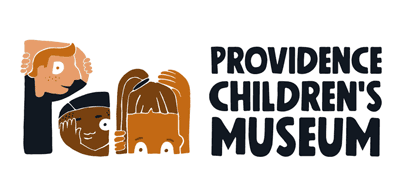

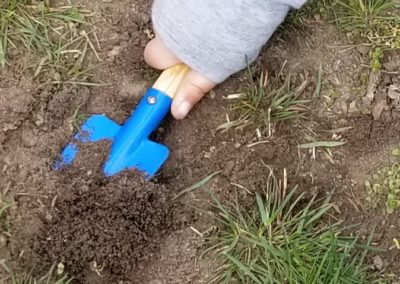
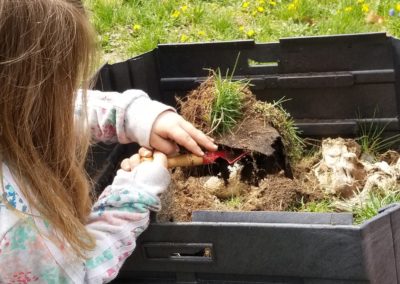
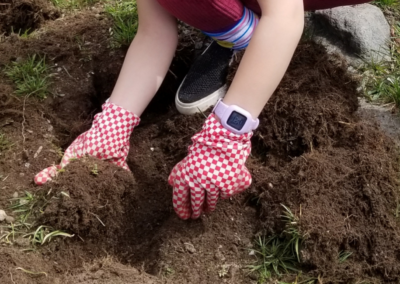
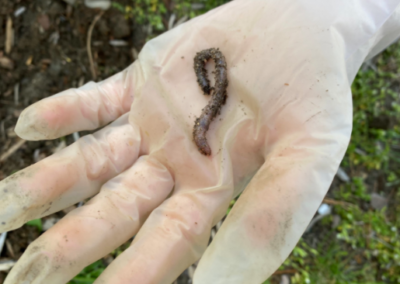
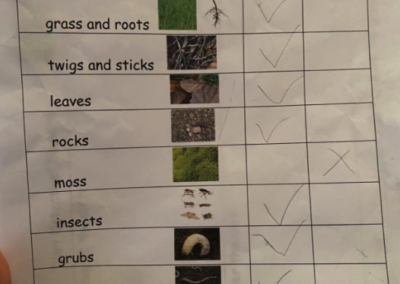
0 Comments